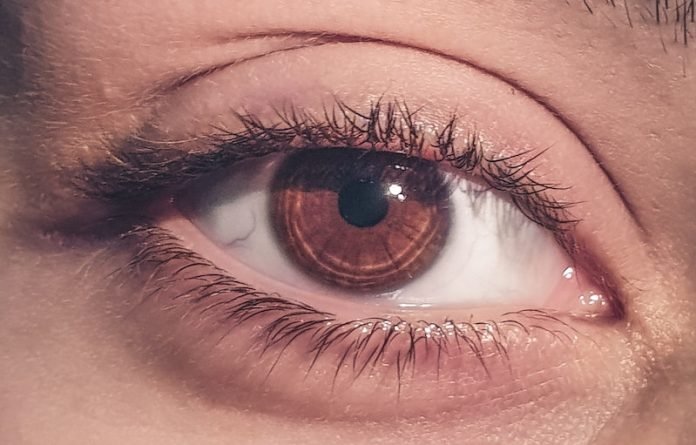
Age-related macular degeneration (AMD) is a leading cause of blindness in the United States.
In a study from Mount Sinai, scientists found people with a specific form of AMD are also highly likely to have either underlying heart damage from heart failure and heart attacks, advanced heart valve disease, or carotid artery disease linked to stroke.
This research is the first to identify which types of high-risk cardiovascular and carotid artery disease are linked to an eye disorder.
The findings could prompt increased screening to save vision, diagnose undetected heart disease, and prevent heart disease events.
AMD is the leading cause of visual impairment and blindness in people over 65 and is the result of damage to the central area of the retina called the macula, which is responsible for reading and driving vision.
One major form of early AMD consists of small yellow cholesterol deposits called drusen, which form under a part of the retina called the retinal pigment epithelium (RPE).
They can deprive the retina of blood and oxygen, leading to vision loss. Drusen formation can be slowed by appropriate vitamin supplementation.
The other major form of early AMD, subretinal drusenoid deposits (SDDs), is less well-known and requires high-tech retinal imaging to detect.
In a previous study, the team found that patients with heart disease or stroke were more likely to have SDDs
This new study expands on that previous work, looking at a larger patient population, and identifies the specific severe forms of heart disease and carotid artery disease that caused the SDDs of AMD.
Researchers analyzed the eyes of 200 AMD patients with retinal imaging to determine which patients had SDDs.
Of the 200 patients, 97 had SDDs and 103 had drusen only. Forty-seven of the 200 had severe heart disease. Forty of the 47 (86 percent) had SDDs.
By contrast, of the 153 AMD patients who did not have these severe diseases, 57 had SDDs (43 percent).
The researchers concluded that AMD patients with these severe heart disease and stroke were 9 times more likely to have SDDs than those without them.
The study demonstrates the fact that ophthalmologists may be the first physicians to detect systemic disease, especially in asymptomatic patients
Detecting SDDs in the retina should trigger a referral to the individual’s primary care provider, especially if no previous cardiologist has been involved. It could prevent a life-threatening cardiac event.
If you care about eye health, please read studies that diabetes and high blood pressure can predict blinding eye disease and 7 habits that help prevent vision loss in older people.
For more information about eye health, please see recent studies about how to protect your eyes from diabetes, and results showing that vitamin B3 may help treat common blinding eye disease.
The study was conducted by R. Theodore Smith et al and published in BMJ Open Ophthalmology.
Copyright © 2022 Knowridge Science Report. All rights reserved.



